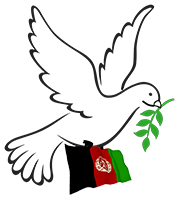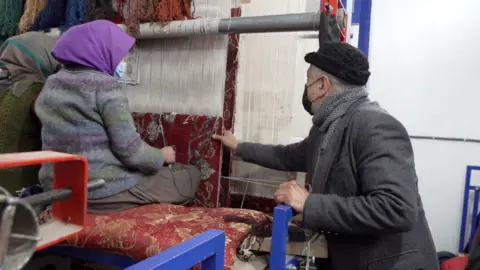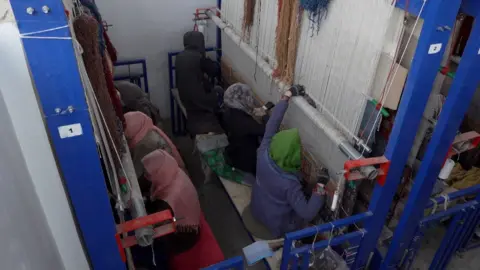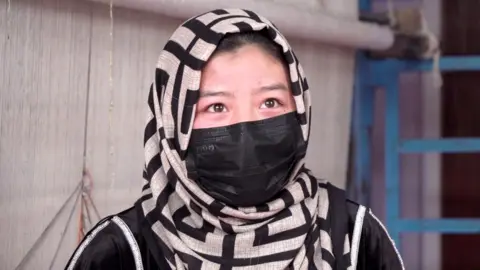During the event, Nooruddin Rustamkhil, head of the Mine Action Coordination Authority, stated that approximately 1,150 square kilometers of Afghan territory remains contaminated with landmines and unexploded ordnance (UXOs).
Nooruddin Rustamkhil, head of the Mine Action Coordination Authority, said: “In 2024, approximately 103 square kilometers have been cleared of mines and unexploded ordnance. It is worth noting that after the end of the war, landmines and unexploded ordnance have remained the primary cause of civilian deaths in the country.”
Nisar Ahmad Omarzai, representative of demining organizations, said: “Our request to the officials of the Islamic Emirate is to cooperate with organizations across all areas of the country and to continue supporting them.”
Meanwhile, the acting director of the National Disaster Management Authority said that Afghanistan needs extensive cooperation from the international community in mine clearance efforts. He also said that necessary facilities will be provided for demining organizations to operate.
Nooruddin Turabi, acting director of the National Disaster Management Authority, said: “To every organization that is working in the mine sector in Afghanistan, I assure you that we will advance your work with great speed.”
In the meeting, Nick Pond, UN chief of the Mine Action Programme in Afghanistan, stated that in the past year, 79% of landmine and unexploded ordnance victims in Afghanistan were children.
He also warned that budget cuts in 2025 will reduce the number of demining personnel to less than one-third.
“Improved security has increased access to many areas that were previously inaccessible in Afghanistan, presenting new risks to a population unfamiliar with contaminated terrain. UNAMA estimates that 600,000 returnees will enter Afghanistan in 2025, and that number could be as high as 1.4 million. These returnees need explosive ordnance risk education on arrival to inform them of the dangers, as well as clearance and quick response teams to support any new areas of settlement, ” Nick Pond said.
Gholam Reza Najjar, deputy ambassador of Iran in Kabul, said: “We hope the international community will take a more focused and renewed look at Afghanistan, because Afghanistan is one of the countries affected by the landmine issue.”
Meanwhile, Abdul Latif Nazari, deputy minister of economy, said that mine clearance is not only important from a humanitarian perspective but can also contribute to the country’s economic growth and job creation.
This meeting was held to mark International Mine Awareness Day, which is observed annually on April 4 in various countries around the world.

 Afghanistan Peace Campaign
Afghanistan Peace Campaign







